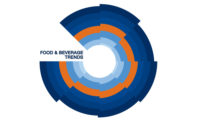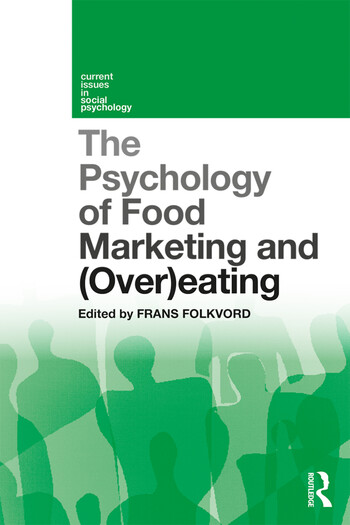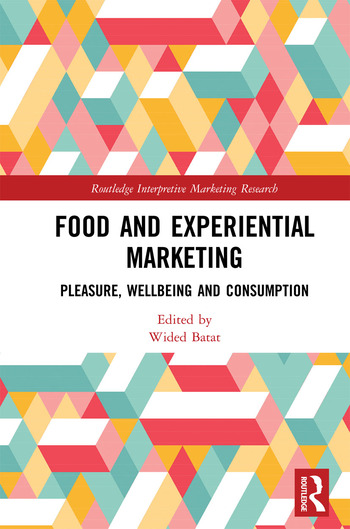Dads and Grocery Shopping
When it comes to household decision making, dads care just as much as moms about food and beverage purchases for the family.

The “America's Kitchens: Redefining Roles and Values” study, which surveyed 500 moms and 500 dads in the US individually via phone in early 2013, revealed that more than 65% believe that what the family eats reflects their personal values. The survey also showed that moms and dads agree on what attributes are most important when it comes to making decisions on food.
Nearly all of the study participants (95%) said they think it is important to teach their children to cook, closely followed by 90% who cook with fresh ingredients.
Tish Van Dyke, global food sector lead at Edelman, said the agency decided to conduct this study because it already knows how dads are playing an increased role in consumer marketing decision making, so it wanted to see their involvement with food and beverages.
She said the biggest surprise from the study was how aligned moms and dads are in attitudes about food and food experiences for their family.
More than 85% say they limit the amount of processed foods their family eats, and 75% say it is important to know where their food originates. Some 70% of moms and dads also try to buy locally grown food.
Another key finding was that both moms and dads agreed that the name of a brand is not the driving force behind a purchase decision, but about 67% say a brand's values and community initiatives are important.
Also, both moms and dads agreed that the top three factors in making food purchases are nutrition, taste, and freshness.
Traditionally, the food industry focused on “taste, convenience, and affordability” for its products, said Van Dyke. However, the study shows that brands should factor other aspects of the company, such as its community involvement and ingredients, to drive brand reputation and sales.
When it comes to the tools moms and dads use to consider food, mothers are more active on channels that allow them to share, such as Pinterest, blogs, and Instagram. Dads are more likely to read cooking magazines on- or offline (27%) or use cooking apps (25%).
Since 59% of moms read print or digital food magazines and 37% use cooking apps, Van Dyke says brands have the opportunity to use either of those channels in order to engage both target audiences, which helps to create budget efficiency.
Looking for a reprint of this article?
From high-res PDFs to custom plaques, order your copy today!







